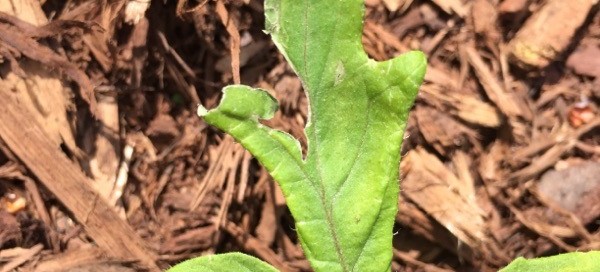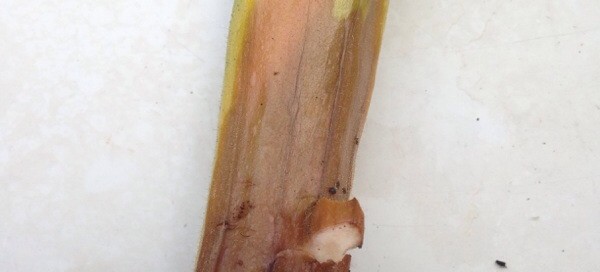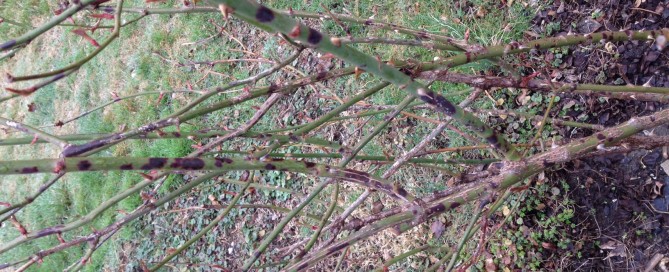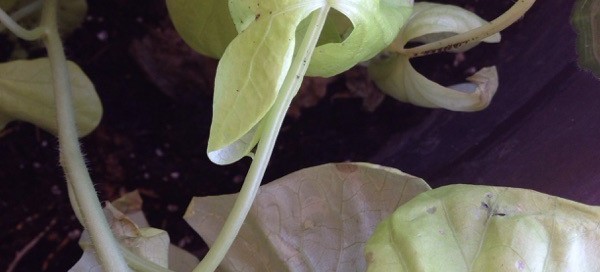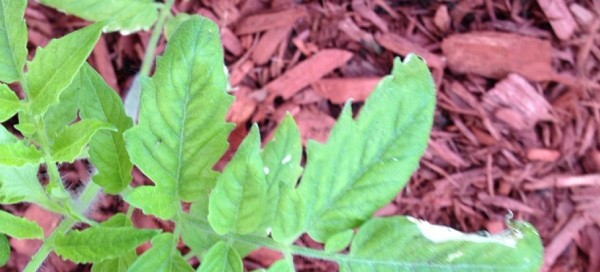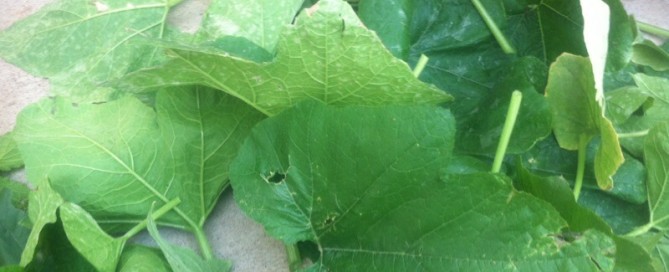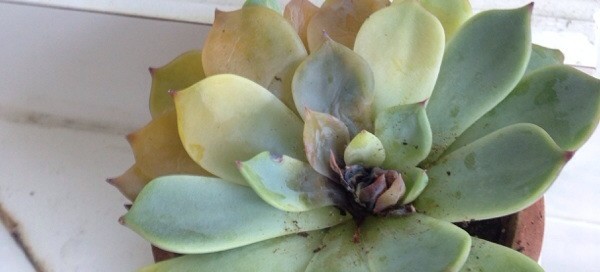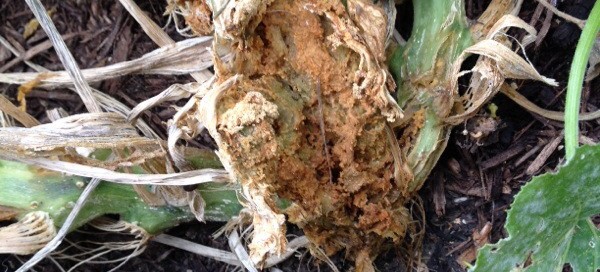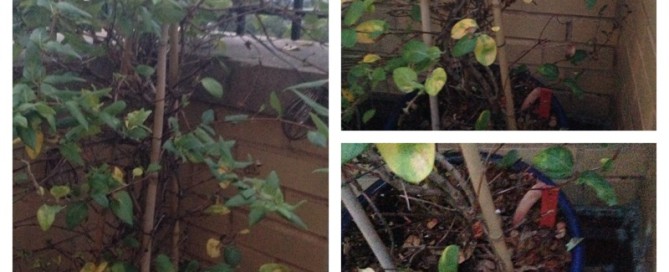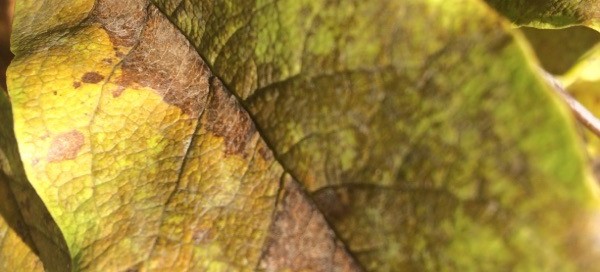Tomato Leaf Death
This is probably not an infectious disease, but caused by weather conditions in the recent past. You will want to pay close attention to your plants and maybe provide fertilizer at flowering and fruit set. Keep up with watering, but you may consider watering more deeply at one time and less frequently because tomatoes need water deep in the soil but don't like to have "wet feet" (too much water closer to the surface, which can happen if you water too often). If the water doesn't soak into your soil quickly, you will want to water until just before runoff starts, stop the water, let it soak in, and then apply water again in the same way; you should do this repeatedly until enough water has been applied. This will also help leach salts that can accumulate in the soil with frequent but not deep watering. HIgh salt content in the soil or water can also cause leaf damage or death. Keep the soil moist to dilute the salts, but don't overwater.
